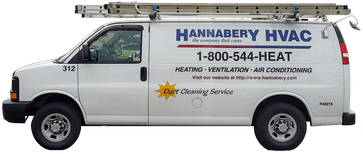Carbon Monoxide Alert:
Safety First...
Call Us Today!
Protect What Matters Most!
Carbon Monoxide(CO) is a colorless, odorless gas that bonds to the hemoglobin in your bloodstream, displacing the oxygen in your cells and finally causing death!
CO is caused by incomplete combustion fuels. The most common sources of CO emissions are appliances around your home such as:
- Gas Furnaces or Boilers
- Oil Furnaces or Boilers
- Gas or Oil-fired Hot Water Heaters
- Kerosene Heaters
Cracked heat exchangers, blocked flue pipes, and leaking or restricted chimneys can cause dangerous build-up of carbon monoxide gas in the home.
We suggest having your Heating system inspected annually for extending the life of equipment, efficiency, and safety.

CO poisoning from the use of fuel burning appliances kills at least 200 people each year and sends more than 5,000 to hospital emergency rooms for treatment
Consumers can avoid this tragedy by having their fuel-burning appliances inspected by a qualified technician each year, and by purchasing and installing CO detectors that meet the most recent UL standards. Annual inspections should include a careful look at the following sources of carbon monoxide:
- Furnaces, hot water heaters and stoves. If they burn natural gas, heating oil, wood or other kinds of fuel, these appliances are potential sources of CO.
- Chimneys, flues and vents. Have flues and chimneys inspected before each heating season for leakage and for blockage by creosote or debris. Creosote buildup or leakage could cause black stains on the outside of the chimney or flue. These stains can mean that pollutants are leaking into the house. Have all vents to furnaces, water heaters or boilers checked to make sure they are not loose or disconnected.
- High Temperature Plastic Venting (HTPV) pipes. CPSC has received reports that high temperature plastic venting (HTPV) pipes -- which are used in mid-efficiency appliances -- may separate or crack. This could allow CO from the furnace to enter a home. The CPSC is currently investigating this problem. Homeowners with a gas-fired, mid-efficiency furnace or boiler installed between 1987 and 1993 should have them inspected for cracking or separating.
- Improper ventilation. Make sure that your appliances have adequate ventilation. A supply of fresh air is important to help carry pollutants up the chimney, stovepipe or flue, and is necessary for the complete combustion of any fuel.
Please keep in mind that the information found on our website is provided free of charge and Hannabery HVAC does not assume any liability resulting from the information we provide. We hope this information helps, but please note that these are just rough guidelines, and not all possible situations are covered. Your HVAC system should be inspected and repaired by a trained technician.
How Comfortable Do You Want To Be?
[Must be in our service area]

